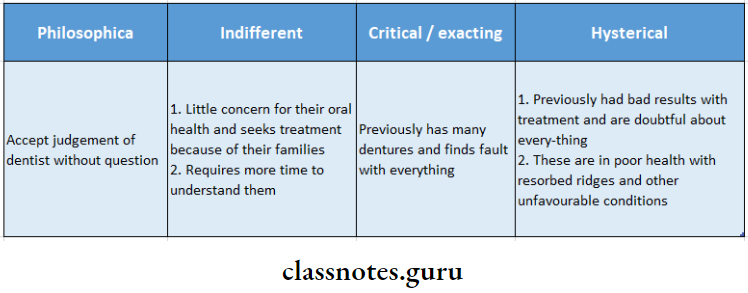Diagnosis And Treatment Planning
Diagnosis And Treatment Planning Important Notes
1. Thin Mucosa Is Found Over:
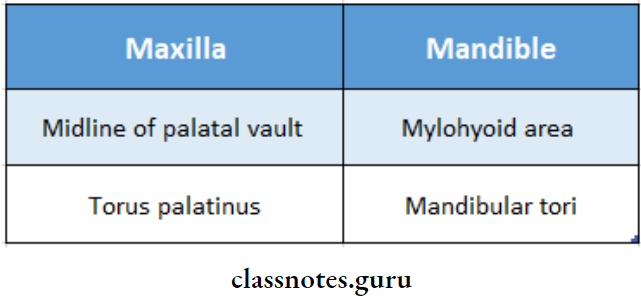
Read And Learn More: Prosthodontics Question And Answers
2. House’s Classification Of Mental Attitude:
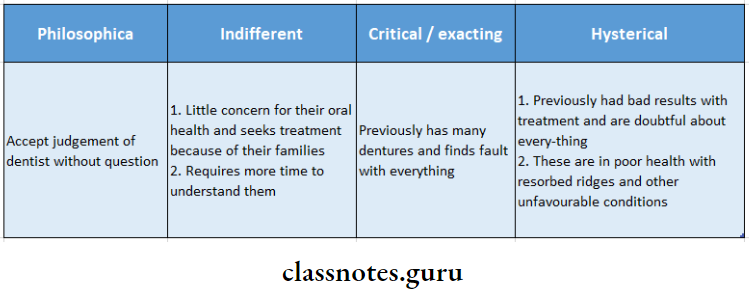
3. Classification Of The Soft Palate:
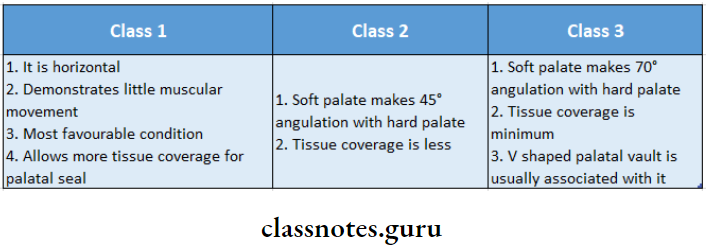
4. Classification Of Lateral Throat Form:
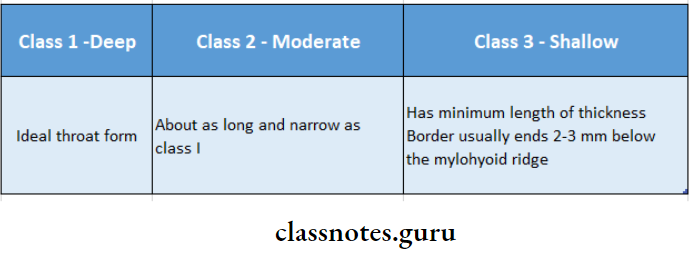
5. Classification Of The Tongue Size:

Diagnosis And Treatment Planning Long Essays
Question 1. Discuss briefly the diagnosis and treatment planning for complete denture patients.
Answer:
Diagnosis: Includes:
1. Patient’s Evaluation:
- Gait:
- Different gates present in patients with neurological problems
- This affects the adaptation of dentures
- Age:
- Different ages have different healing abilities
- Sex:
- Women are more aesthetically concerned than men
- Complexion:
- Selecting the shade of teeth required
Diagnosis and Treatment Planning in Complete Dentures
- Mental Attitude of Patient:
- According to De Van,” Meet the mind of the patient before meeting the mouth of the patient
- 4 Types Of Patients Are Recognized:
- Class 1: Philosophical
- Easy-going, cooperative patients
- Class 2: Exacting
- Dissatisfied with the previous denture
- Difficult to satisfy them
- Class 3: Hysterical
- Have a negative attitude toward the dentist
- Poor prognosis
- Difficult to manage
- Class 4: Indifferent
- Uncooperative
- Do not maintain the denture
- Class 1: Philosophical
Complete Denture Treatment Planning Steps
2. Clinical History Taking:
- Name:
- To address a patient
- To maintain the record
- Age:
- For age-related diseases
- Sex:
- For sex-related diseases
- Occupation:
- To know the affordability of the treatment
- Location:
- For further reference
- For treatment planning
- Dental History:
- To know the dental attitude of the patient
- Medical History:
- To know about any diseases that may affect the denture as well as the healing of tissues
3. Clinical Examination:
- Extra Oral:
- To evaluate any pathology
- To determine the shape of teeth as compared to the profile of the patient
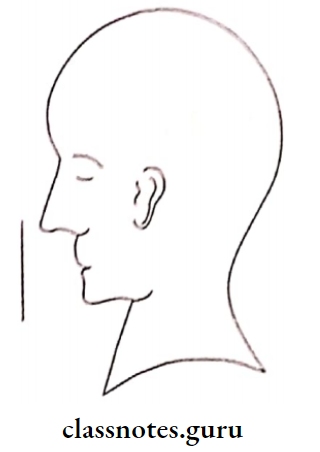
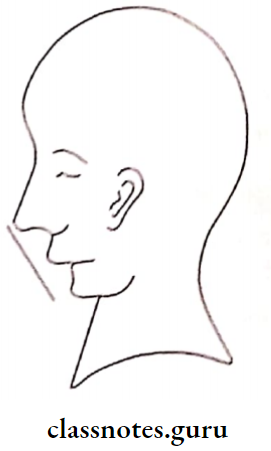

- Determine vertical dimension: helps in deciding the size of teeth
- Examine the lip and cheek fullness
- Intra Oral:
- Examine the mucosa
- Condition of the residual alveolar ridge
- Arch length: to accommodate the teeth
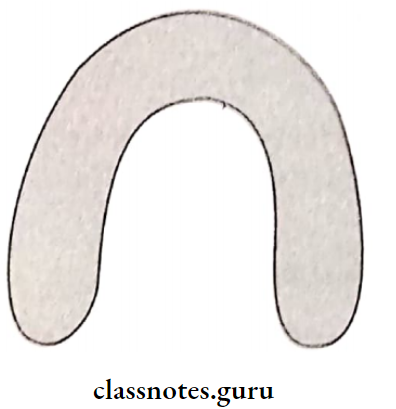

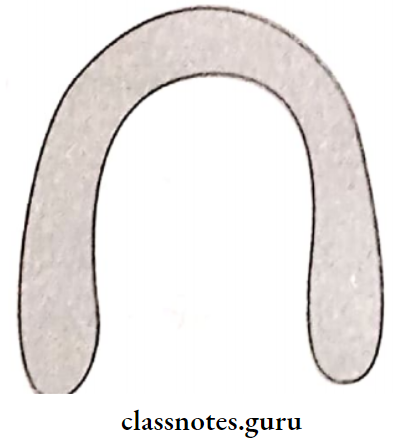
Prosthodontics Diagnosis for Edentulous Patients
- Any pathology present
- Gag reflex and palatal sensitivity
- Undercuts present: Effect retention of the denture
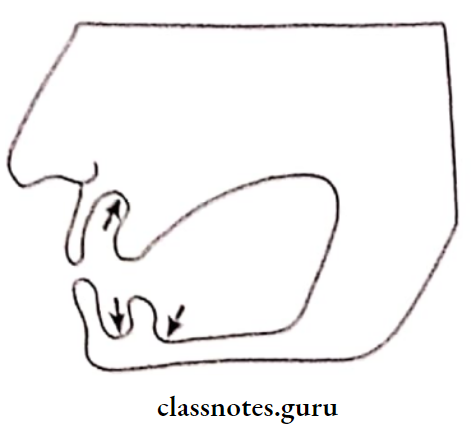
- Frenal Attachment: Effect path of insertion

- Tongue: Its size affects the stability of the denture
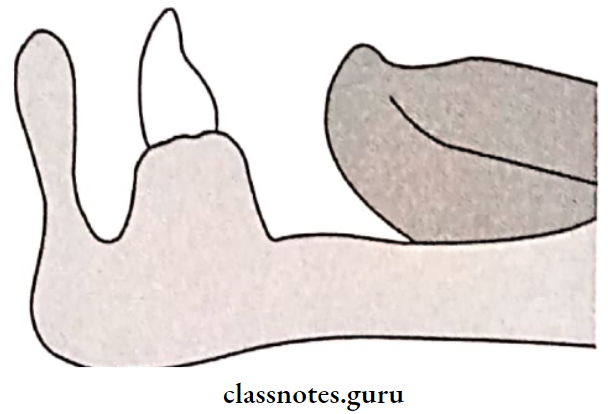
- The Floor Of The Mouth: For retention and stability of the denture

4. Radiographic Examination:
- Bone Quality:
- Examine any pathology
- Bone contour
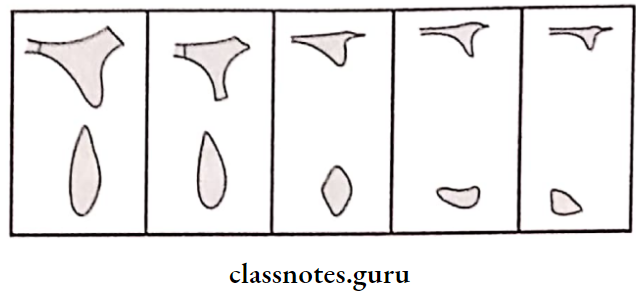
Full Denture Clinical Examination Guide
5. Evaluation Of Existing Prosthesis:
- Need for repair
- Need for replacement

Diagnosis And Treatment Planning Short Answers
Question 1. Leon William’s classification.
Answer:
According To Him, The Facial Form Can Be Described Among Four Types:
- Ovoid
- Tapering
- Square
- Combination
- The selection of teeth depends on the facial form
- For Example, Ovoid teeth for ovoid facial form

How to Plan Complete Dentures
Question 2. The mental attitude of the patient.
Answer:
According to De Van, “meet the mind of the patient before meeting the mouth of the patient.”
4 Types Of Patients Are Recognized:
- Class 1: Philosophical
- Easy-going, cooperative patients
- Class 2: Exacting
- Dissatisfied with the previous denture
- Difficult to satisfy them
- Class 3: Hysterical
- Have a negative attitude toward the dentist
- Poor prognosis
- Difficult to manage
- Class 4: Indifferent
- Uncooperative
- Do not maintain the denture
Question 3. House’s palate classification
Answers:
It shows the relationship between the soft palate and hard palate It is as follows

Question 4. Classification of the soft palate.
Answer:
- Class 1:
- Horizontal line
- Shows little muscular movement
- Covers posterior palatal seal
- Has flat palatal vault
- Class 2:
- The soft palate makes a 45° angle to the hard palate
- Coverage of the posterior palatal seal is less
- Has a flat palatal vault
- Class 3:
- The soft palate makes a 70° angle to the hard palate
- Coverage of the posterior palatal seal is minimal
- Has a V-shaped palatal vault
Question 5. Critical patients of the House classification
Answer:
- They are very methodical, precise, and accurate, making several demands
- They are comfortable when each procedure is explained and discussed with them in detail
- They require extreme care, effort, and patience on the part of the dentist
- The intelligent and understanding category in this class can be the best type of patient
- But for those lacking the same, extra time should be spent on education, and treatment started only after an understanding is achieved
Question 6. The house’s classification of the mental attitude of patients.
Answer:
